The Kinesis Rise E-trail is an e-Bike like nothing else I’ve ridden before, so what did I think of its lightweight approach?
UK brand Kinesis has taken the idea of a hardcore hardtail and combined it with a lightweight motor package to create an e-Hardtail like no other.
A hardtail e-Bike is not a new concept, and it’s usually the way a bike brand would dip its toe in the e-Bike pool to test the waters. As a result, though, many early hardtail e-Bikes were highly compromised machines with geometry better suited for comfort than railing loamy ruts in the forest.
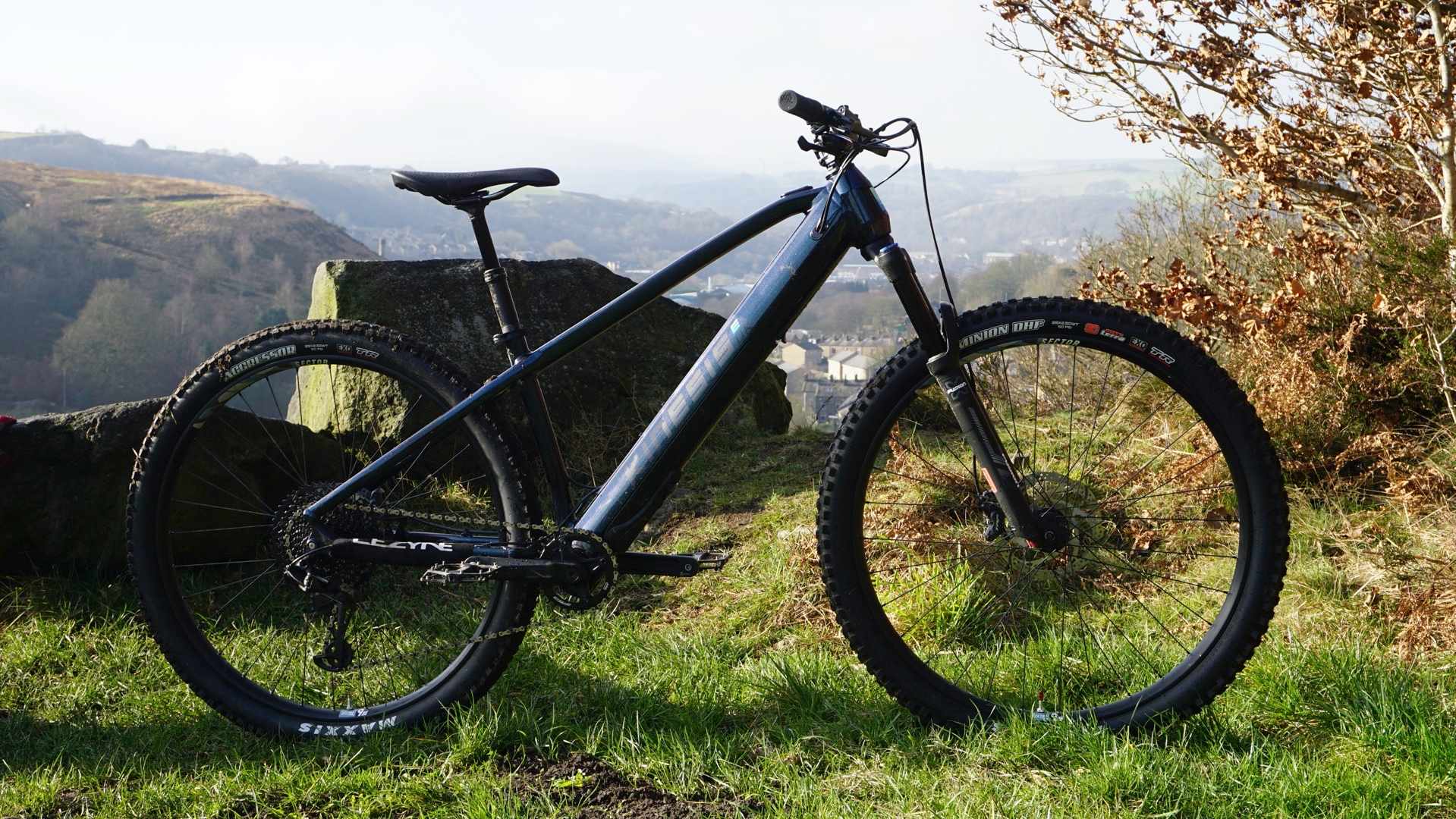
What Kinesis has aimed to-do is take the idea of a hardtail e-MTB, and blended it with more modern geometry and a cleverly hidden lightweight battery and motor system in the downtube. The result is a hardtail that has numbers that jump off the webpage, and a motor so well hidden passersby may have to take a second look.
Excitingly for me, testing the Kinesis Rise would be a combination of 2 firsts. This would be my first time riding a hardtail e-MTB and my first time on the stealthy Fazua motor and battery system.
The Bike
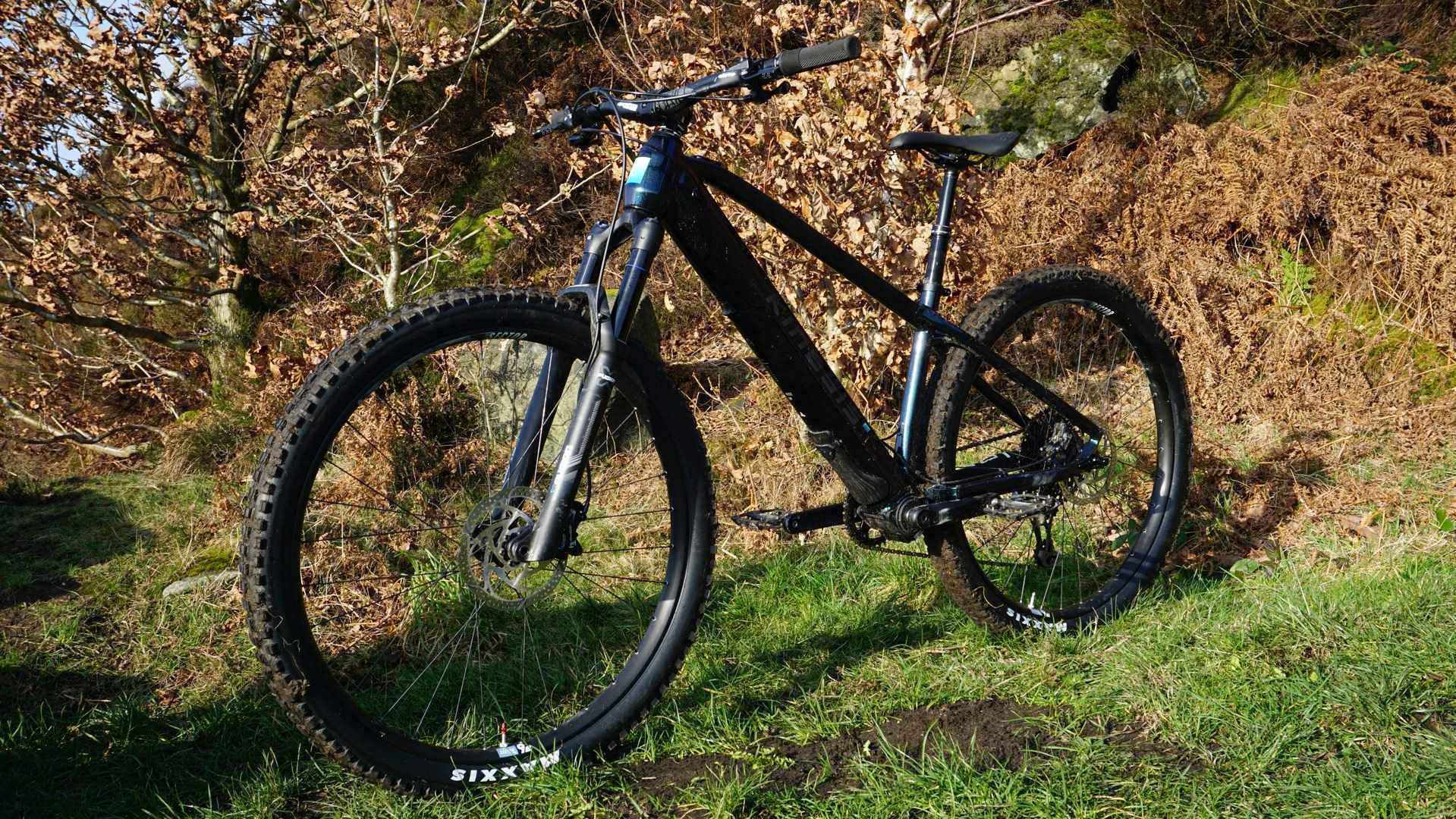
Where other brands can be accused of taking a current bike in the range and adapting it for a motor, the same cannot be said about Kinesis. Everything about the Rise is new and custom-designed.
Kinesis Rise Geometry
Frame Size | L1 | L2 | L3 | L4 | |
| A | Seat Tube Length C-T | 400 | 415 | 440 | 465 |
| B | Reach | 437 | 461 | 485 | 510 |
| C | Head Tube Length | 120 | 120 | 125 | 140 |
| D | Head Tube Angle | 66.7 | 66.7 | 66.7 | 66.7 |
| E | Seat Tube Angle | 75.5 | 75.5 | 75.5 | 75.5 |
| F | Bottom Bracket Drop | 55 | 55 | 55 | 55 |
| G | Chain Stay Length | 445 | 445 | 445 | 445 |
| H | Front Centre | 743 | 767 | 793 | 829 |
| I | Wheelbase | 1183 | 1206 | 1233 | 1268 |
| J | Stack | 634 | 634 | 639 | 653 |
| K | Dropper Post Length (mm) | 150 | 170 | 170 | 170 |
| L | Fork Length | 536 | 536 | 536 | 536 |
| M | Fork Rake | 44 | 44 | 44 | 44 |
Everything from the geometry, the choice of the motor system and even down to the way that each size of the frame is labelled has been designed specifically around this product.
Starting with the sizing, whereas most brands still use S, M, L to designate the frame size, Kinesis instead labels sizes as L1, L2, L3 and L4.
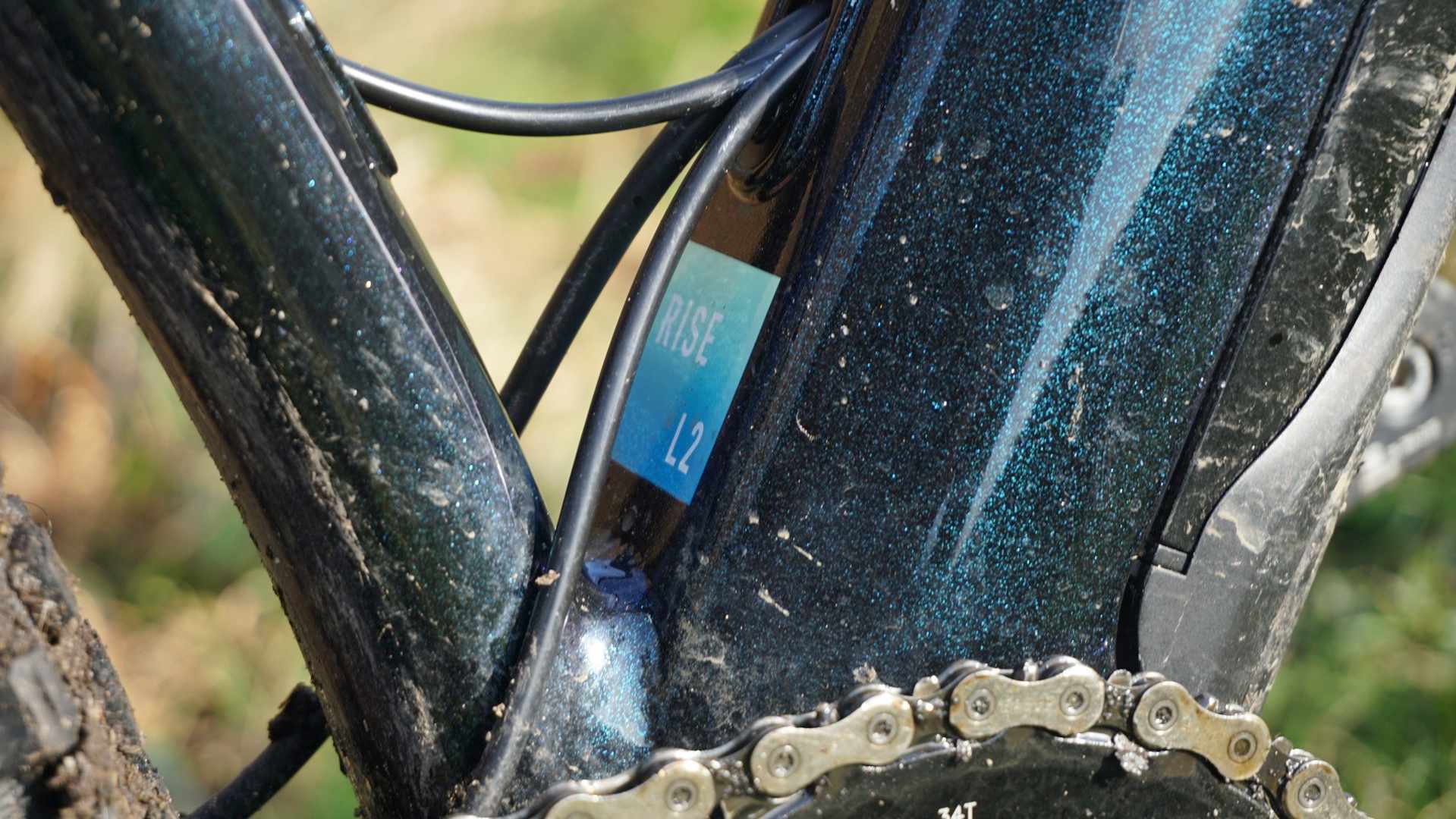
The smallest L1 bike has a seat tube length of just 400mm giving ample standover height, but the reach, at 437mm, is longer than most ‘small’ frames. The idea behind this is that riders can choose a bike based on their preferred reach length and not have to deal with too tall a standover height. As the seat tube is, mostly, straight a 170mm length dropper can be specced so you can really fine-tune the geometry to suit your riding style.
At 178cm tall, I could have happily ridden either the Size L2 with a reach of 461mm or L3 with a longer reach of 485mm, but I decided to go for the L2 so we could swap between a few of the shorter riders here at Singletrack.
The L2 also features a low seat tube length of just 415mm, and a generous wheelbase of 1206mm but the rest of the angles are identical across the Rise range. Head angle is 66.7, seat angle is 75.5, there’s a BB drop of 55mm, chainstays are 445mm across all bikes.
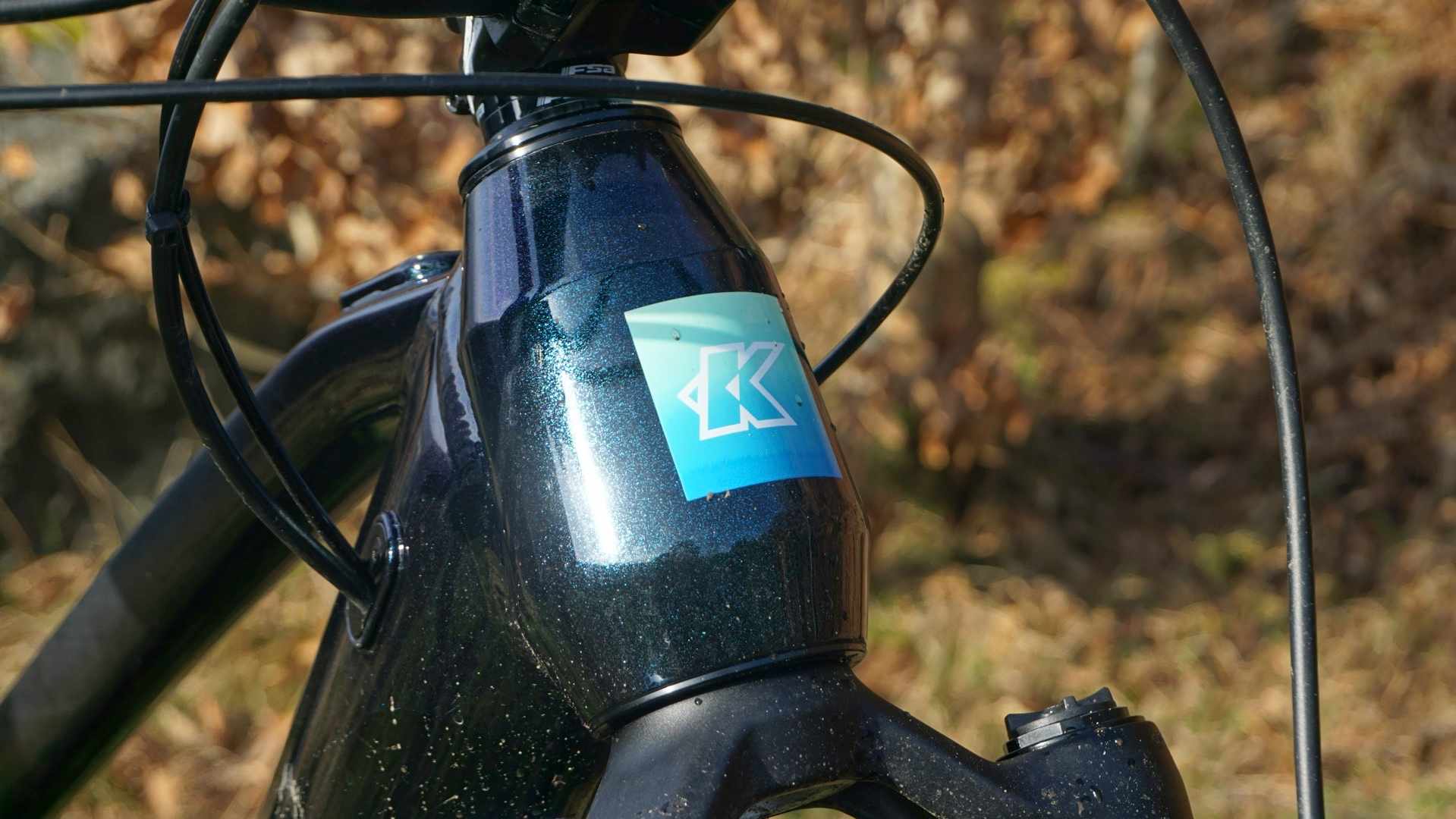
Kinesis builds the Rise from alloy tubing that is all chosen and drawn specifically for this frame. The extremely large downtube is made to house the removable Fazua motor and battery system, the top-tube features an integrated motor controller, and the head tube is oversized in the middle, and narrower at the ends to maximise strength and welding area.
The sheer size of some of these alloy tubes, combined with the compact rear triangle makes for a responsive and flex-free frameset, but one that can feel harsh over more demanding terrain.
Kinesis offers the Rise in two builds, one with an SLX drivetrain for £3200 and a more expensive SRAM GX Eagle option for £3500, the model that I tested. There are also wheel upgrades available which take the cost to £4400.
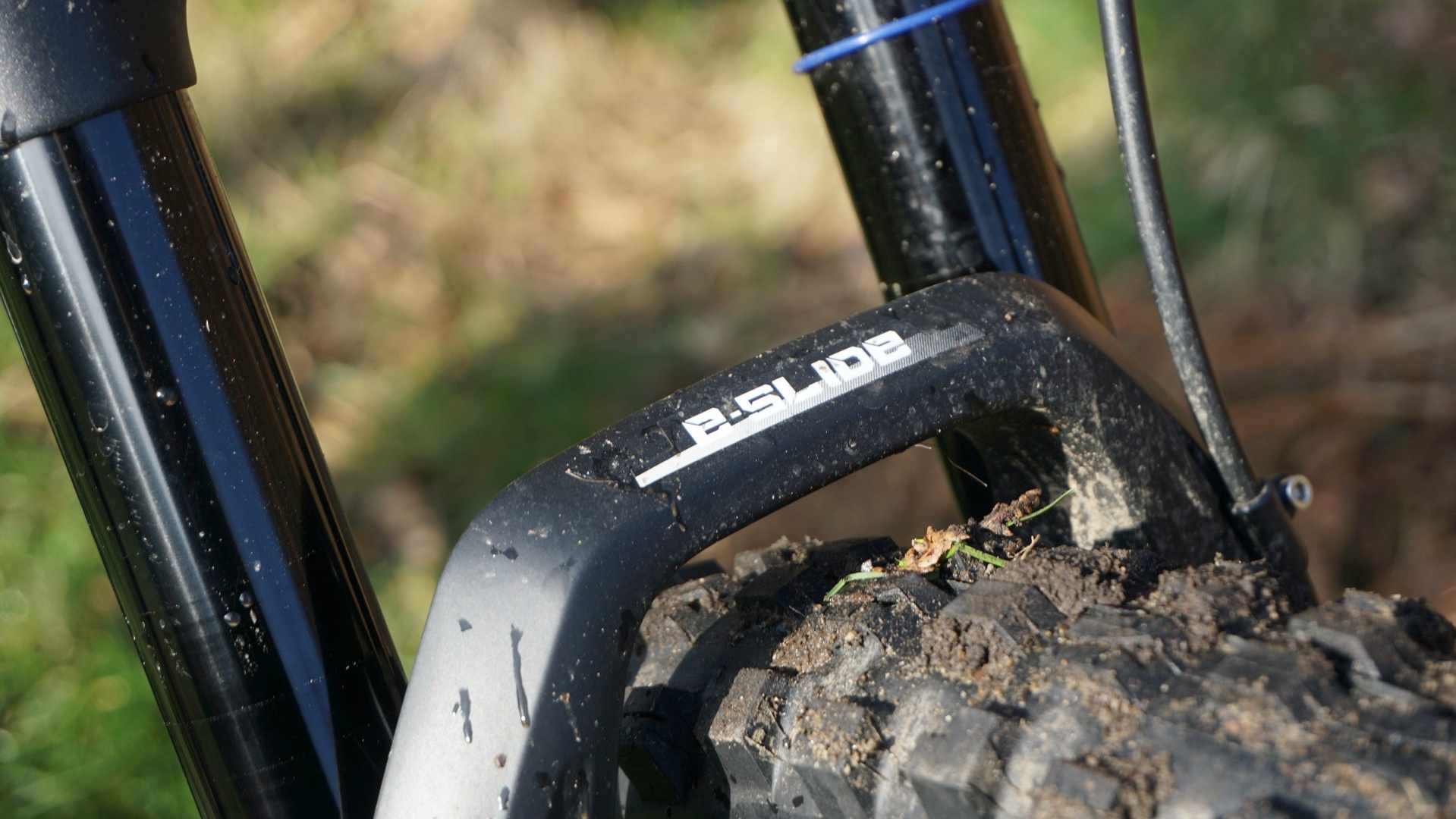
Our SRAM GX bike came fitted with a pair of 34mm diameter X-Fusion E-slide forks. These are an e-Bike specific suspension fork with 130mm of travel and a 44mm offset. Matching the fork is a 170mm X-Fusion Manic dropper post.
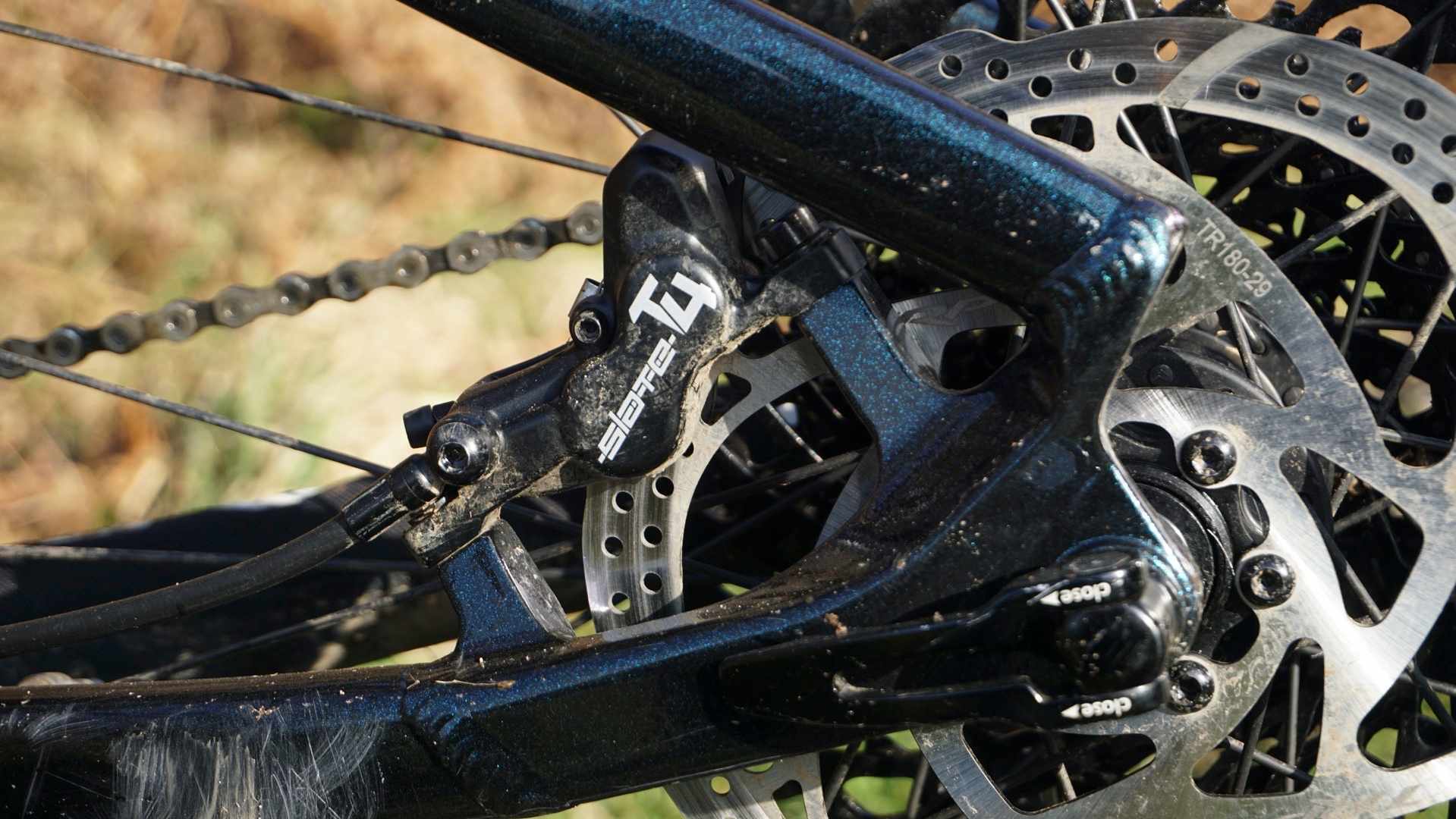
TRP provide braking in the form of Slate T4 brakes and 180mm rotors. There’s an 165mm length FSA chainset, and matching FSA handlebar, and stem.
The Rise, being a modern hardtail, comes with 29in wheels, in this case, a pair of Sector 9E e-bike specific wheels with alloy rims shod in 2.5in Maxxis tyres. A DHF up front and Aggressor Wide Trail on the rear.
Last but not least is the motor system. Instead of your usual Shimano or Bosch motor and battery units, the Kinesis Rise uses the German-designed Fazua motor and battery system.
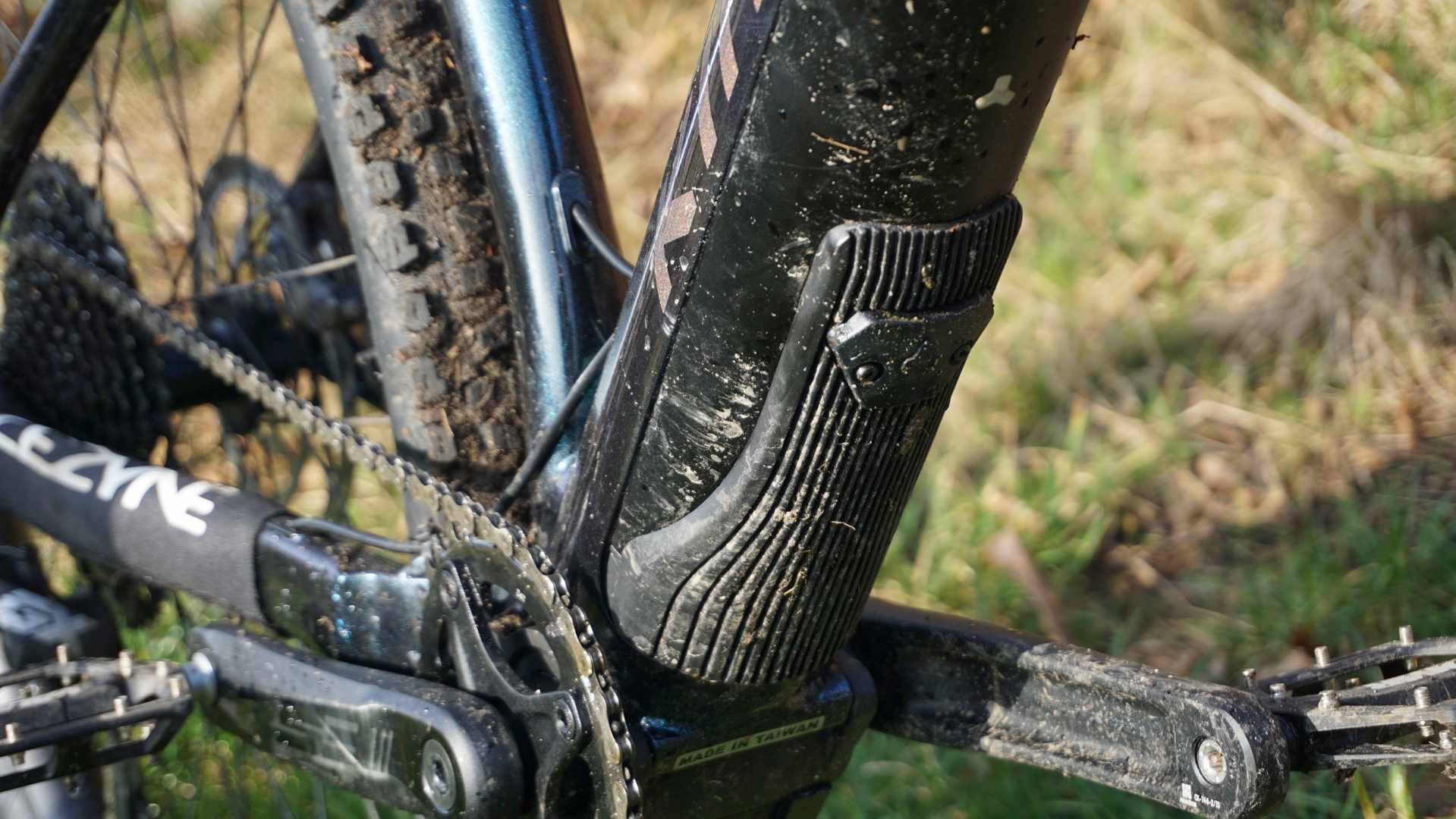
It’s a very different concept to a ‘normal’ e-Bike, for starters, the motor offers 400w max of power, the battery capacity is just 250Wh. That’s less power and a lot less battery capacity than what you would find in a Shimano or Bosch bike, but then again the Fazua is a lot lighter.
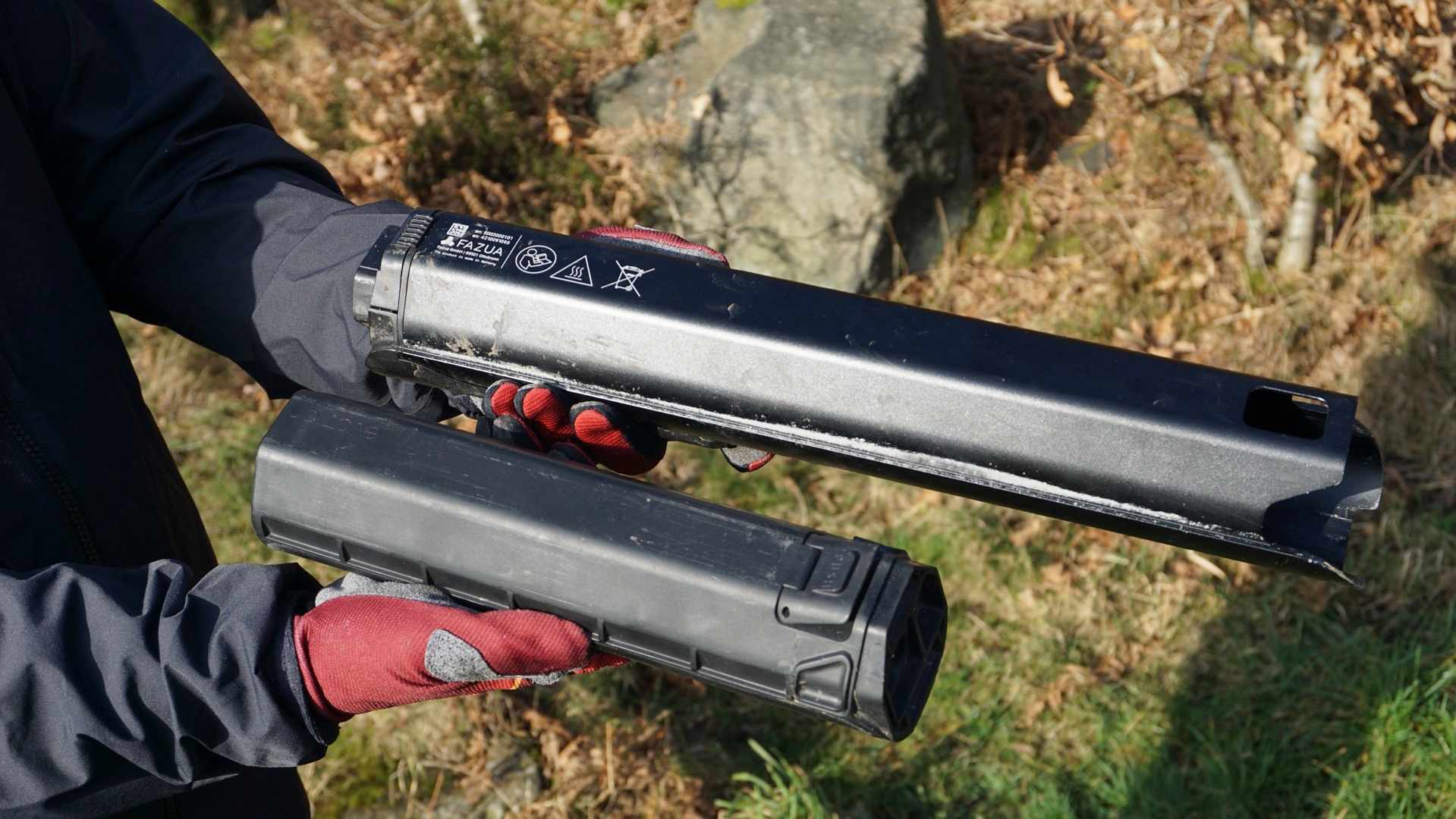


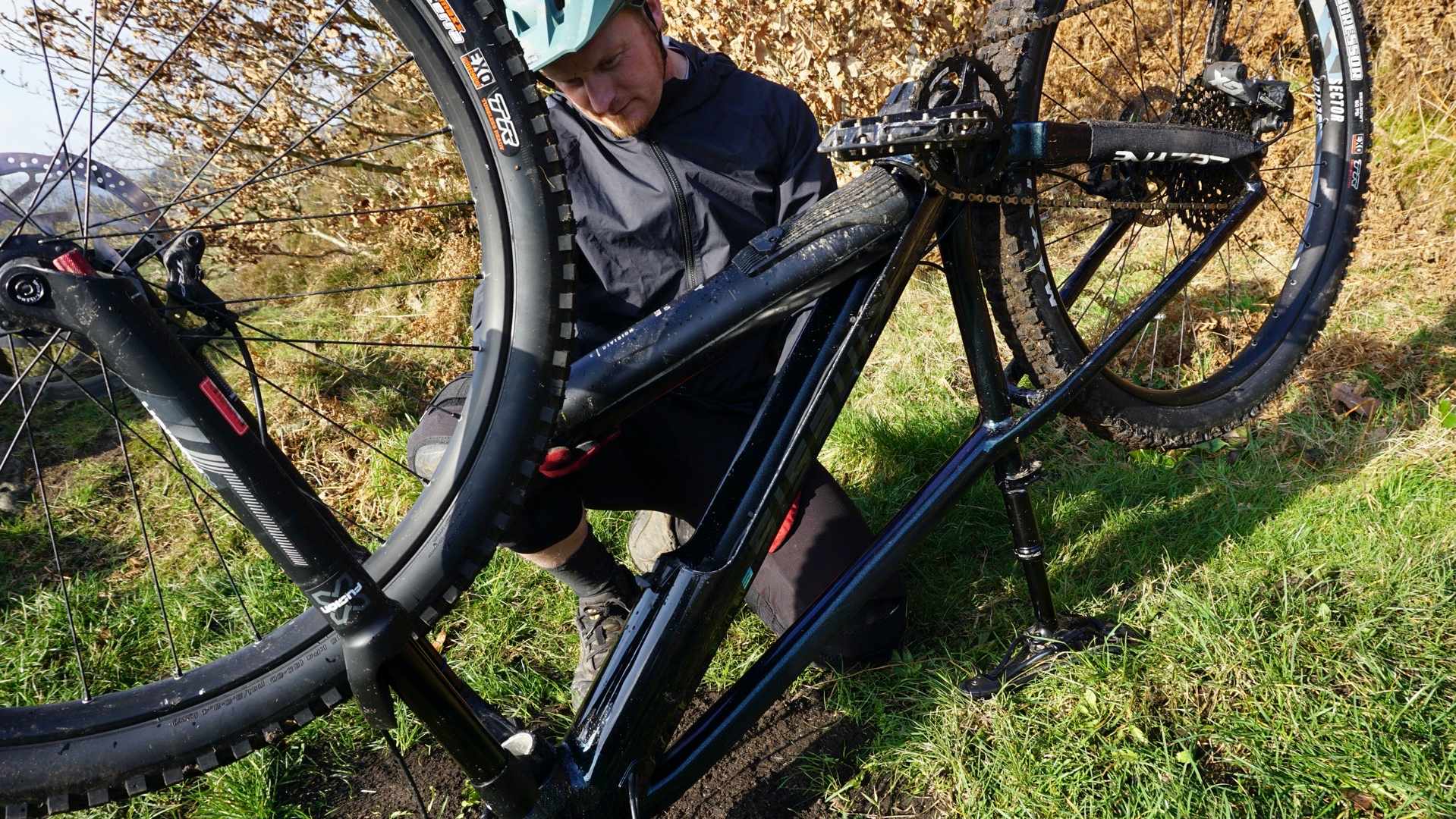
The complete motor and battery system can be removed.
The combined weight of the gearbox, motor and battery is just 4.61kg, in comparison, a Shimano Steps E8000 motor and battery weighs in at 5.45kg. In addition to the lower weight, there is a less noticeable drag on a Fazua system when hitting that 25kmh speed limit.
Plus, the motor and battery on a Fazua powered bike can be completely removed and replaced with a blanking plate. That’s right, you could ride this as an e-Bike or remove the motor and battery and go fully natural, effectively making this 2 bikes in 1.
The Ride
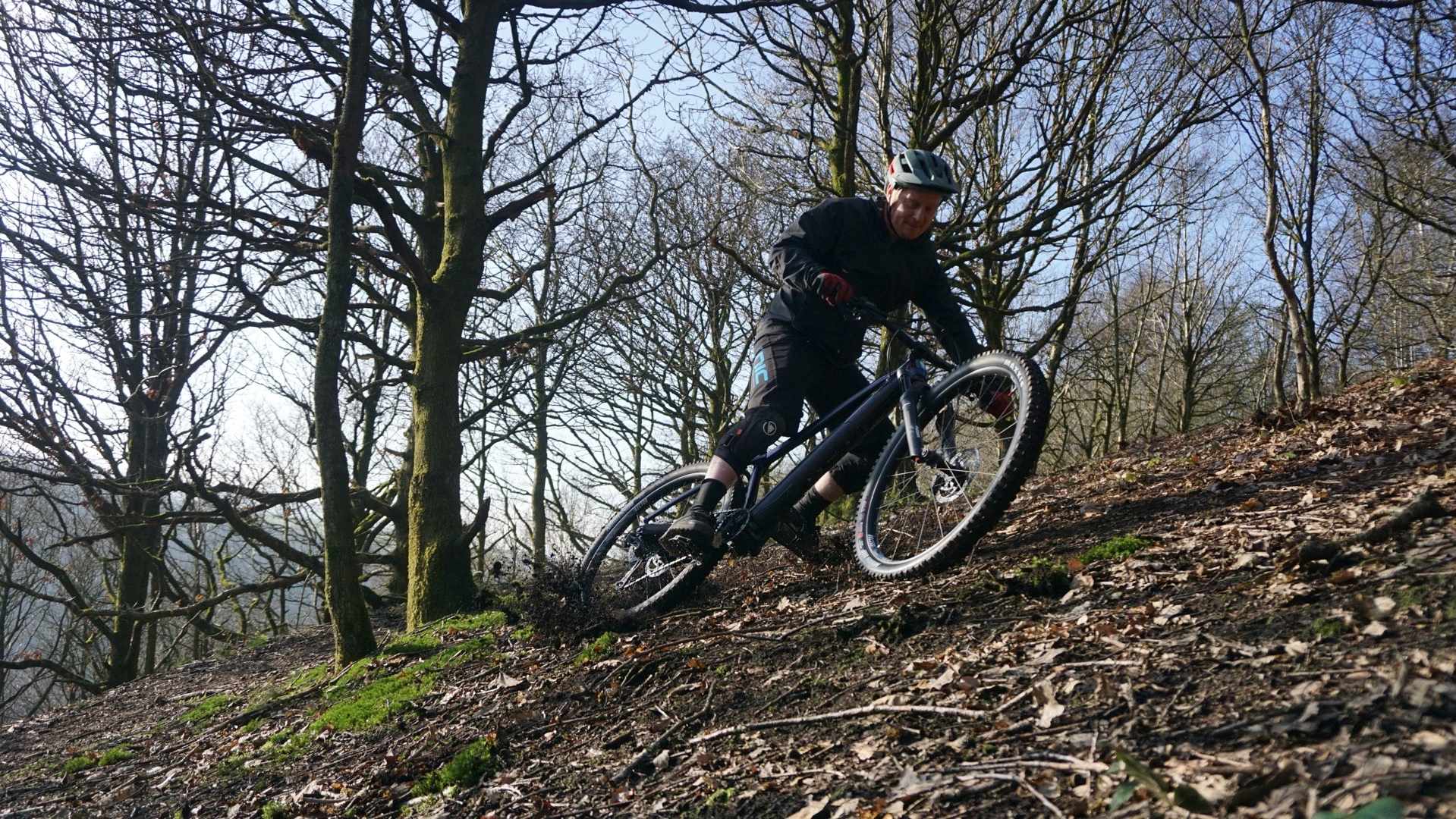
The Kinesis Rise is obviously aimed at riders who want to fling a bike around. The geometry, tyres and 4 piston brakes are all clues to that intention, but this is also a bike that can be taken on longer distances too.
With this in mind, our first ride out of the office took us on a moorland slog. Muddy climbs, slick stone slabs, ice and bogs all sat in our path before hitting the fun rocky descents at the other end.
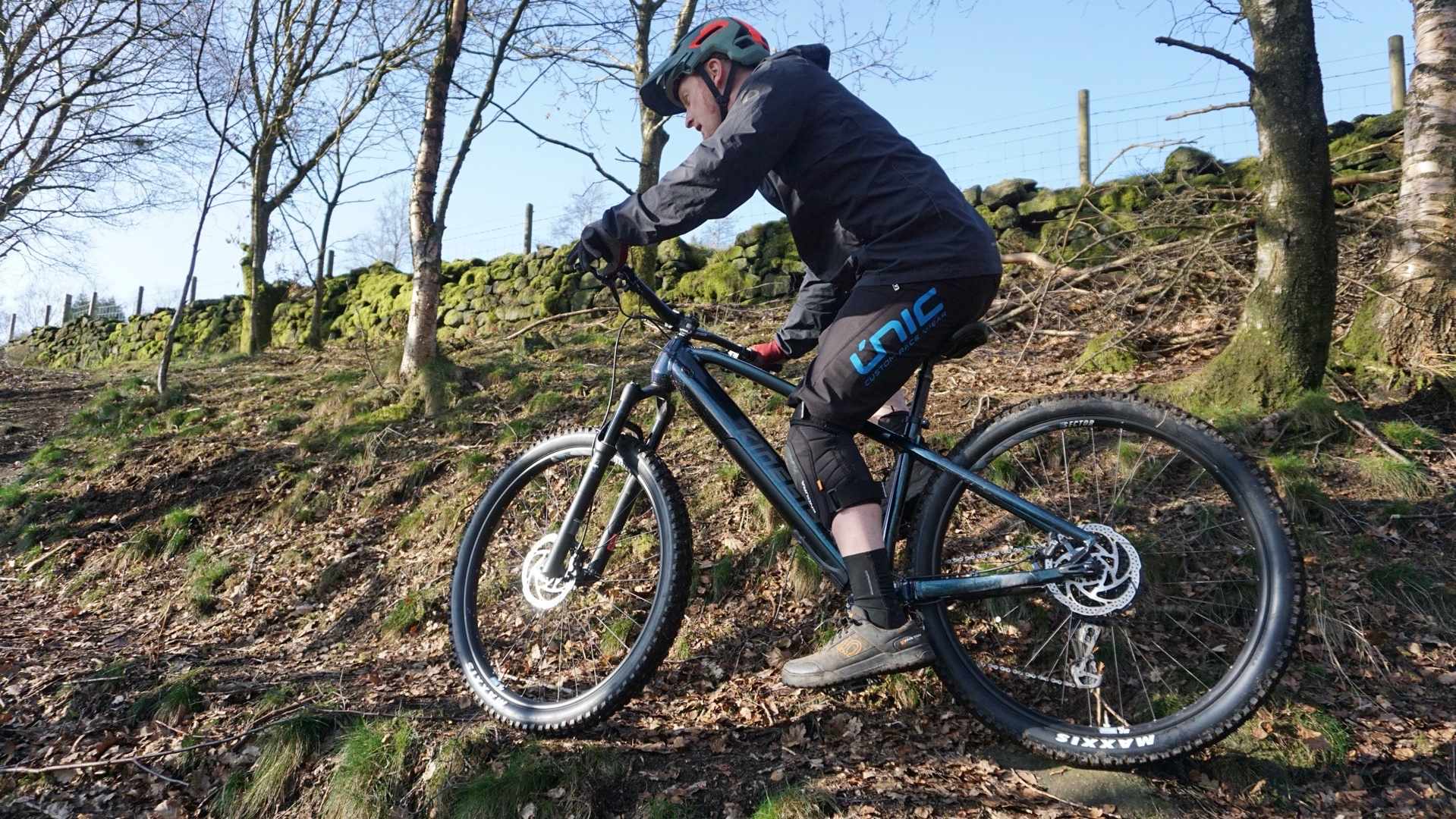
Of the 3 motor modes, I went with full-boost, or Rocket Mode (pink setting) for the steep road climbs, but soon switched the power mode down the more subtle Breeze Mode (green setting) and pretty much left it for the rest of my time on the bike. As the Rise weighs so much less and generates less drag than a ‘full-power’ e-Bike, I didn’t really ever feel the need to go into the most powerful settings. Running the Rise in Breeze Mode feels more like a gentle helping hand on climbs rather than a full-on power rush.
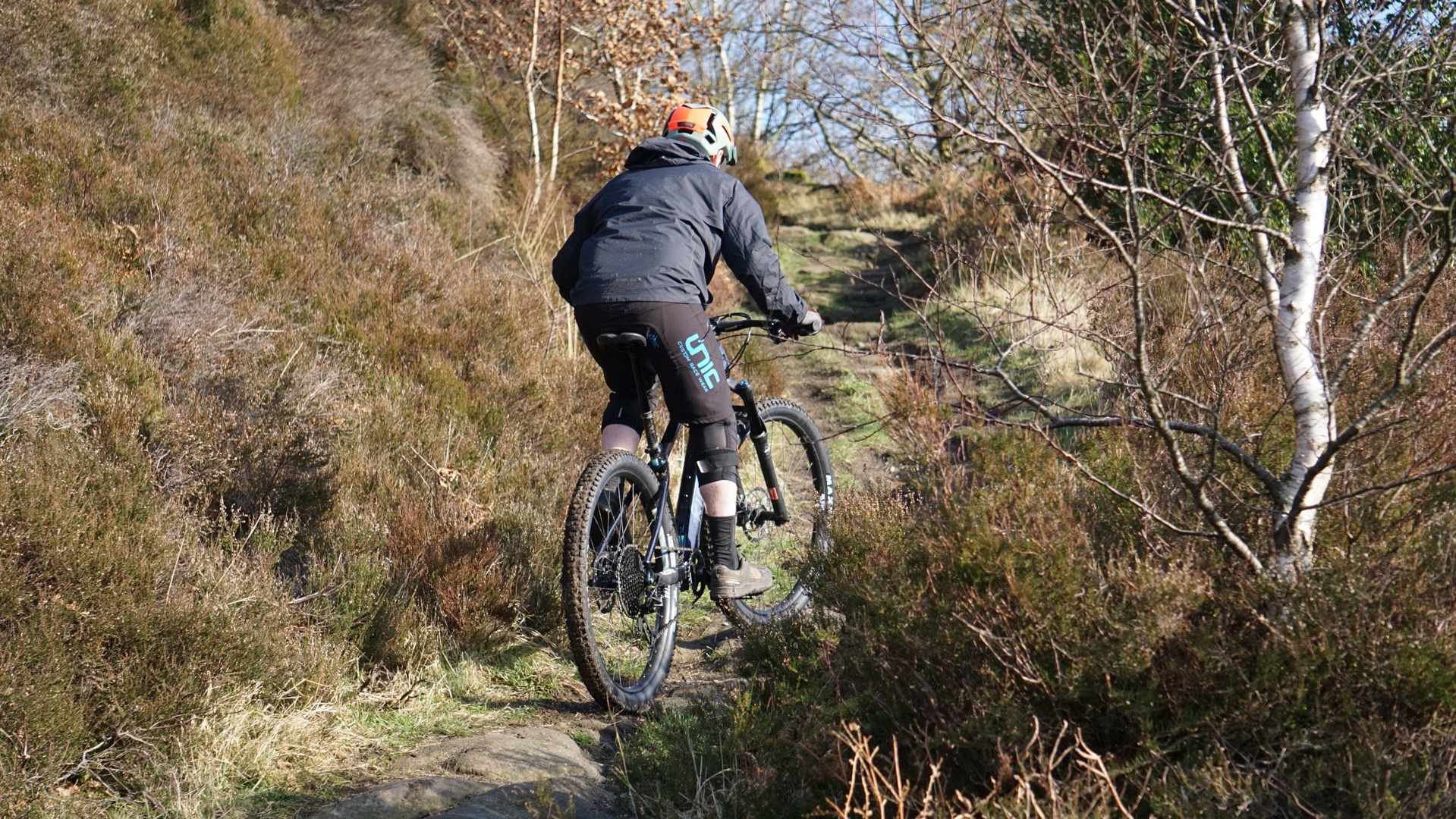
Breeze mode is especially good on those sudden steep rises at the top of a climb, the ones that need a little extra grunt to push yourself over the top, it’s also great for climbs in wet and slippy conditions. Because there is a lot less torque, the power is put into the ground with less wheel spin. It’s a very smooth power delivery and you soon learn to appreciate that though lower on power and torque the Fazua powered Kinesis is a very capable climber.
The limiting factor on the climbs is the fact that the Kinesis Rise runs a Maxxis Aggressor tyre on the rear. This might be a great choice for summer conditions but in the wet, it clogs quickly. The other limiting factor is that this is a hardtail. Climbing on a road, fire road or in smooth trail centre conditions, the Rise is a fast and capable climber, but get it on a rocky or root-infested climb and you’ll quickly wish you had some rear bounce.
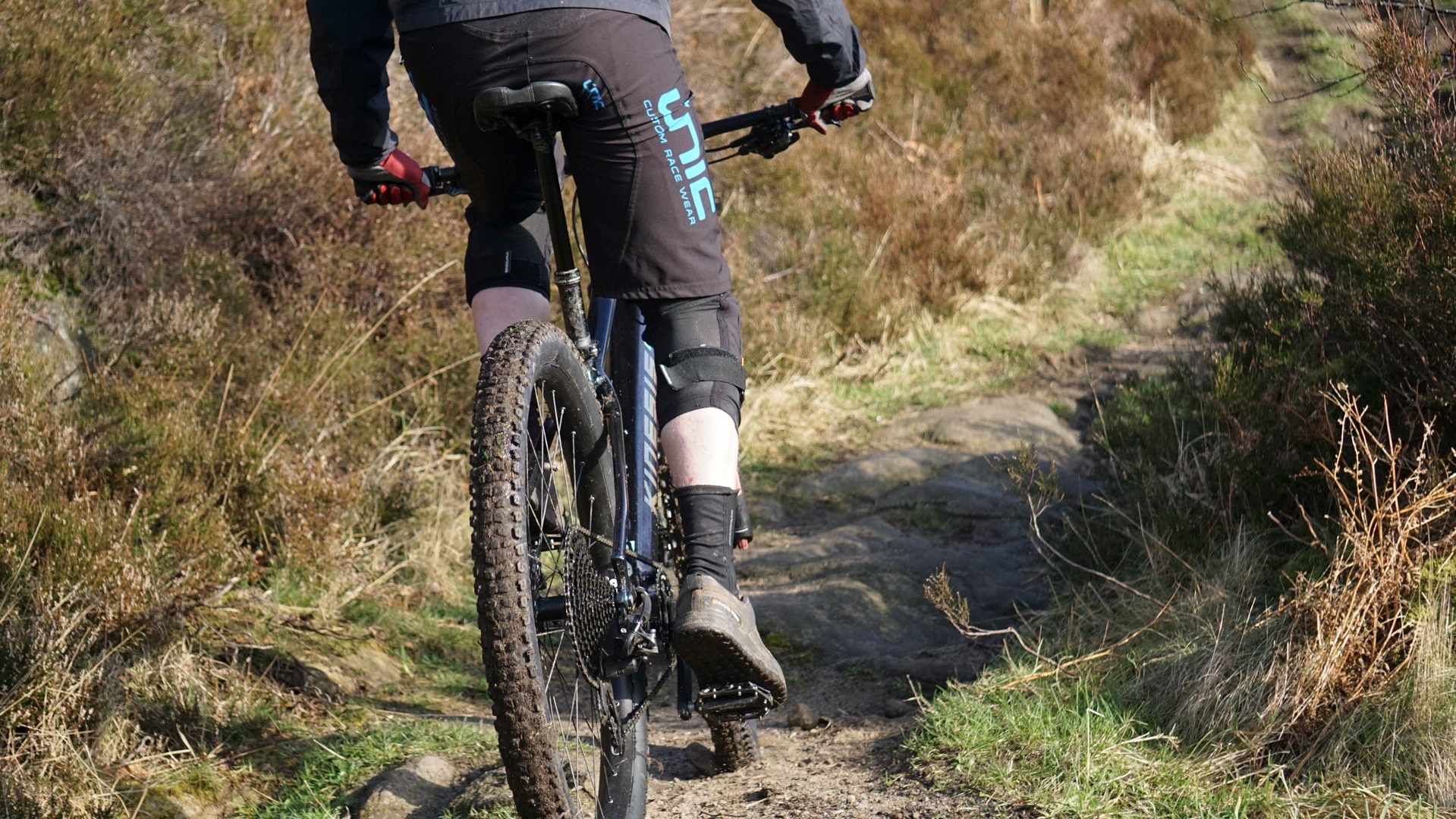
Like a standard hardtail, the trick with the Rise is smooth pedal strokes at a lower cadence, something you can get away with much easier thanks to the motor and the steep seat tube. Take your time, pick your lines, and stay smooth and you’ll be taken by surprise at how fast you’ll get to the top of the trail.
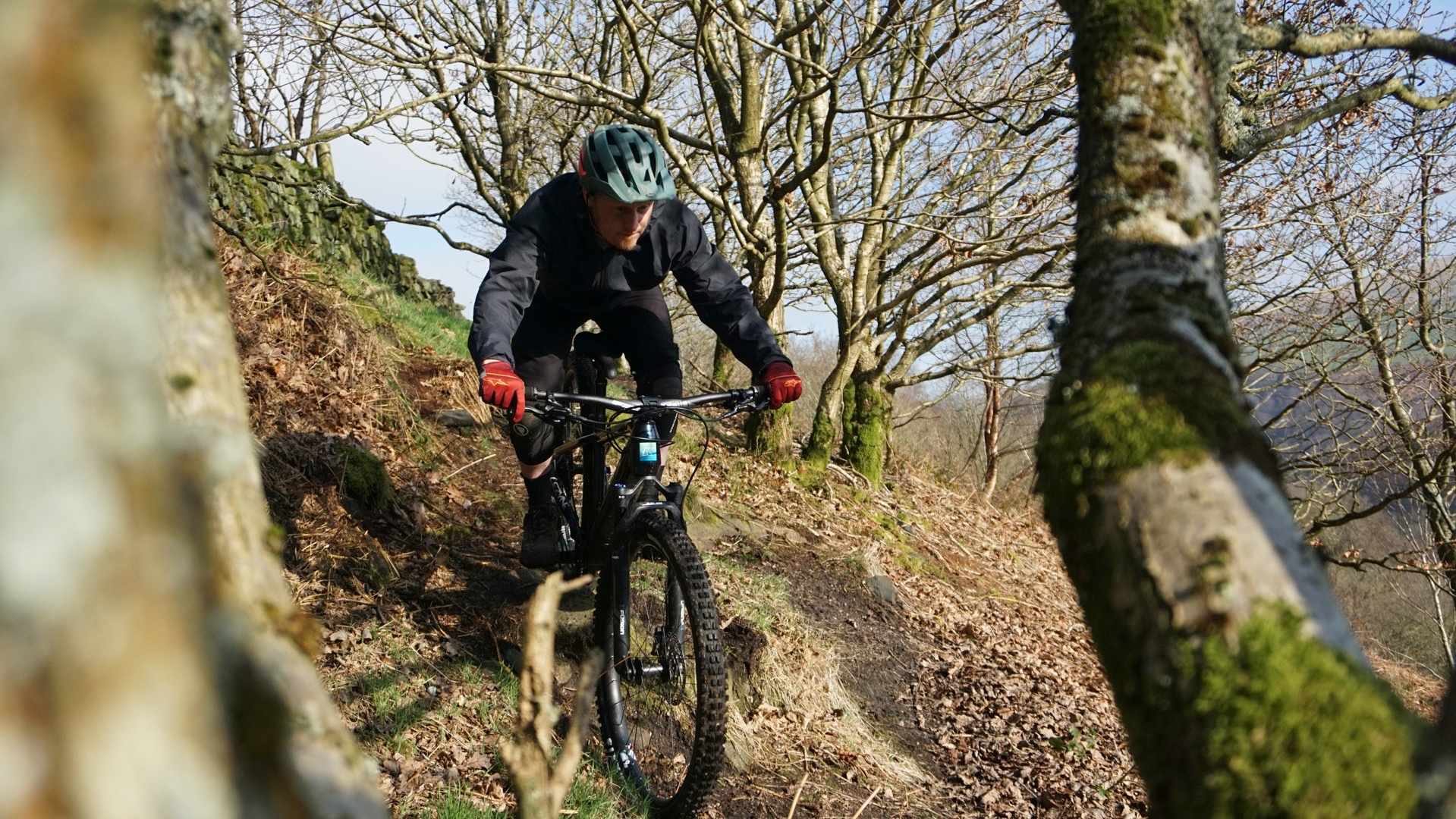
Pointing the other way and that aggressive geometry has you centred on the bike in a comfortable and natural attack position. The large 29er wheels with burly front tyre bites into the earth predictably and the low centre of gravity aids manoeuvrability.
The rise isn’t a point a shoot type of bike, you have to very much keep in mind that you’re on a stiff alloy hardtail, but the high-volume tyres and 130mm travel X-Fusion fork protect you from the worst of it.
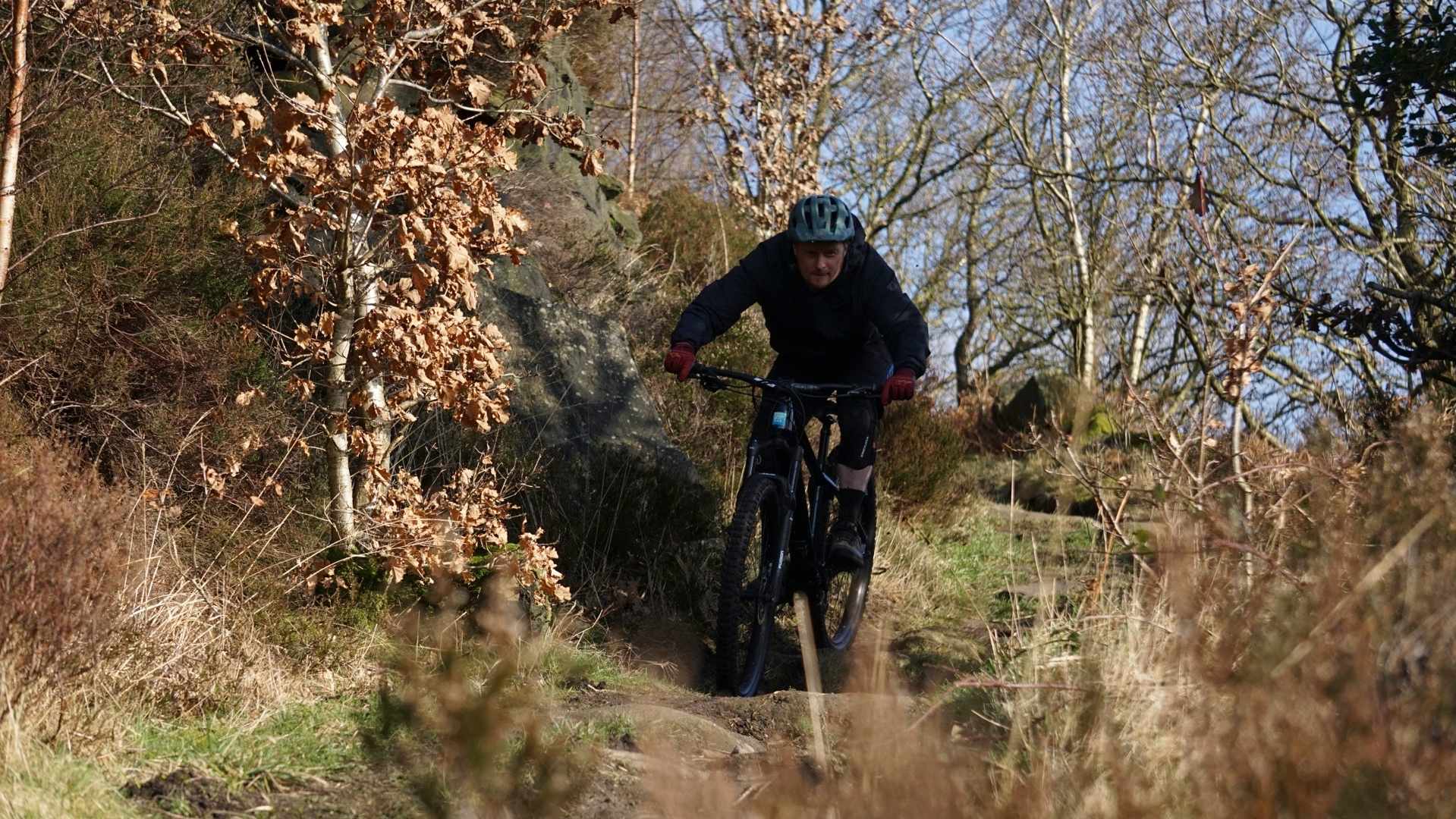
Speaking of the X-Fusion fork, the 130mm travel, 34mm stanchion fork is stiff and offers ample adjustment, but you will need to spend some time properly dialling it in to get the most of it. As with other X-Fusion forks, the air pressures suggested are way off what they should be. I also found the fork to have a very linear feeling, so added a few volume spacers to it to help tune it how I like.
With the fork dialled into my preference I had no qualms dropping the front of the rise into steep sketchy lines. The low-slung frame is completely out of the way for moving the bike about and you’ll be surprising yourself at what you can actually get away with on it.
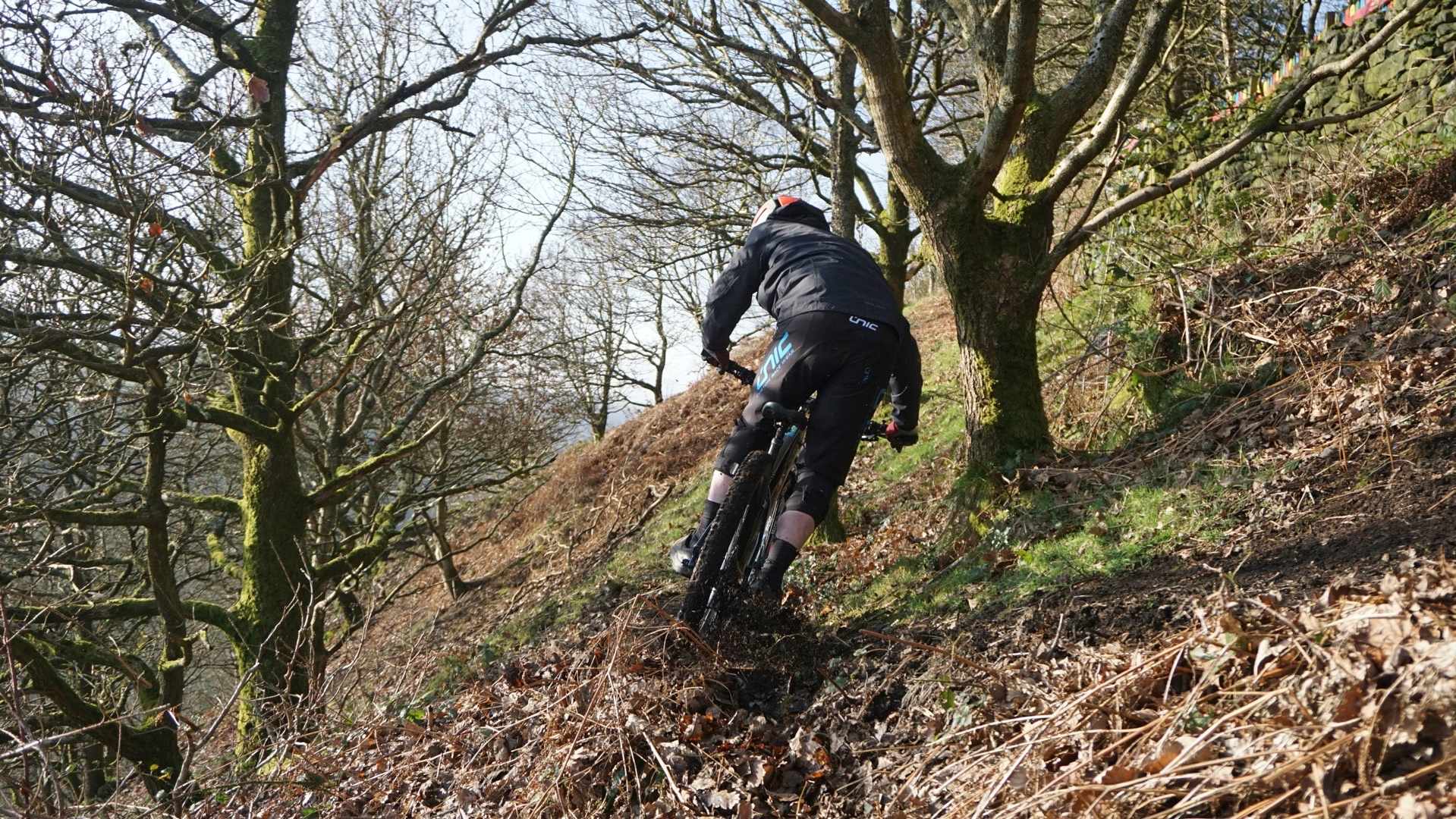
It doesn’t hurt matters that a set 4 pot brakes are on hand to bring you to a safe stop if you overcook things a little. If you’re used to riding SRAM or Shimano brakes then the TRP 4 pots do take a little longer to get comfortable with and they don’t have the same feeling of power, but once bedded in they scrub speed off well.
As you’ll find with any hardtail, you can ride the Kinesis Rise anywhere you could ride a full-suspension bike, but you might not necessarily be as fast. You can take it through fast rock gardens and rougher trails you’ll just have to pick your lines more carefully.
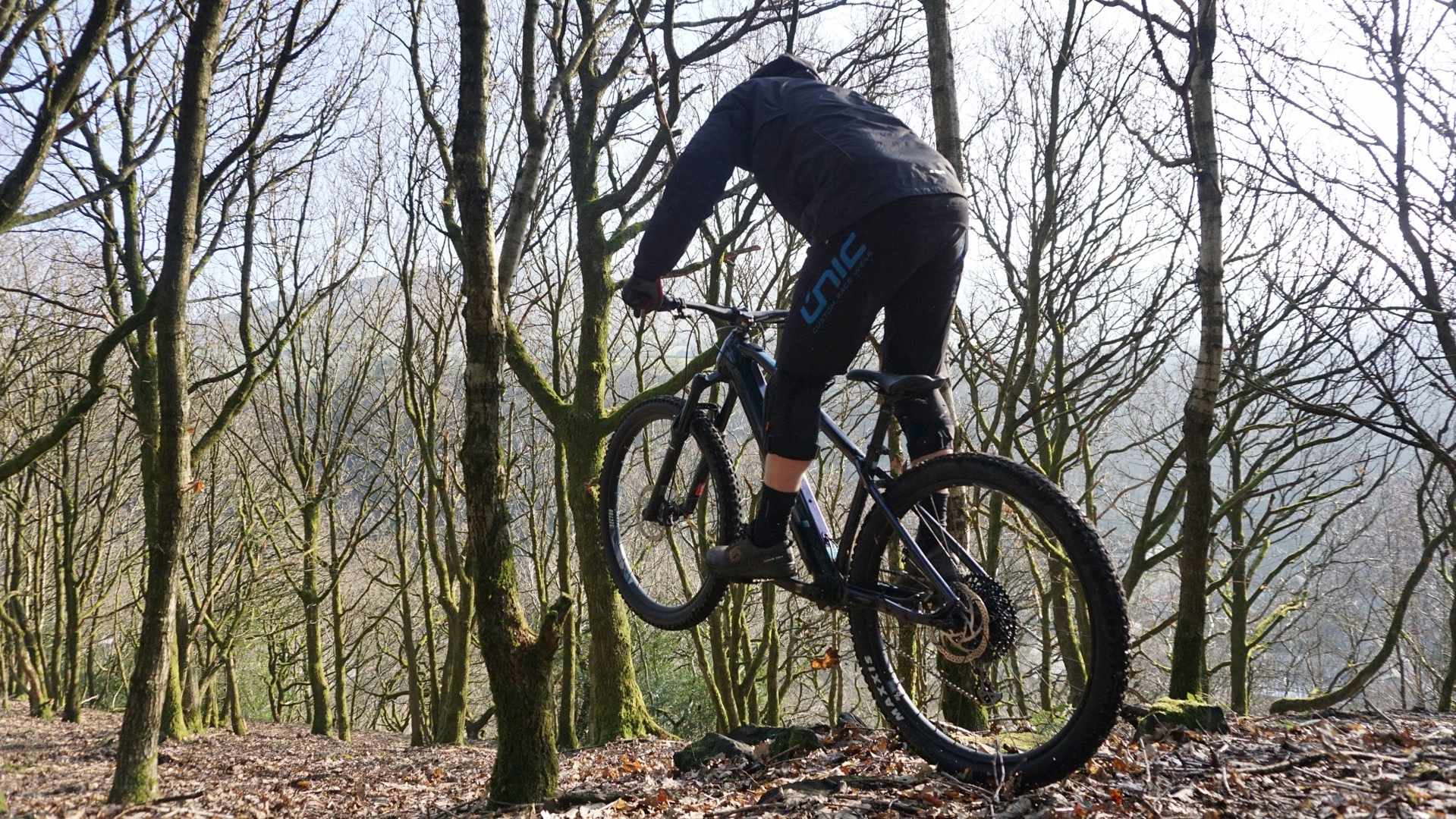
On smooth trail centre like trails, it rises to the occasion. The low-slung frame and gentle assist make the Rise excellent for flowing along fast singletrack. It’s also a great tool for messing about on fun forest sections, uncovering new trails and just riding as many fun loops as you can in as little time as possible.
Durability Notes
Our test bike developed an intermittent creak from the motor/gearbox area. It seemed to appear after very wet rides. Kinesis told us that ensuring the inside of the battery case and motor interface is clean and lubed after each ride prevents this from happening.
3 Things That Could Be Improved
- The X-Fusion E-Slide forks need careful adjustment and the recommended air-pressures are wildly inaccurate. You may also need additional volume spacers to dial in progression.
- If you’re used to SRAM or Shimano brakes then the TRP Slate might not be your cup of tea.
- The Fazua motor system needs to be carefully removed and cleaned after every wet ride to prevent dirt jamming the battery in place.
3 Things That We Loved
- The natural feeling of the Fazua system is incredible and unlike any other e-Bike motor on the market. It feels more like a gentle push rather than a full-blown burst.
- Clever geometry ensures every rider has a frame size that suits with a comfortable reach.
- Great for mucking about in the woods and discovering new trails, and equally good tackling a longer distance classic.
Overall
The Kinesis Rise is that gentle push you need to get out for a spin. If you have limited time, but want maximum smiles this is a bike that you should certainly take a look at.
Specifications
| COLOUR | Galactic Blue |
| FRAME | Kinesis Rise Trail HT |
| FORK | X-Fusion E-Slide 34 130mm travel 44mm offset |
| SHIFT LEVERS | Sram GXE 12 |
| REAR MECH | Sram GXE 12 |
| BRAKES | TRP Slate T4 180mm |
| CASSETTE | Sram GX Eagle 12 10-50t |
| CRANK SET | FSA 165mm Alloy E-Crank |
| FRONT HUB | Sector 9E E-Specific – 32h – 15x110mm |
| REAR HUB | Sector 9E E-Specific – 32h – 148x12mm |
| RIMS | Sector 9E E-Specific WT 35mm internal Rim |
| TYRE | Maxxis DHF 2.5″ Front, Maxxis Aggressor 2.5″ Rear Wide Trail |
| SEAT POST | X-Fusion Manic Dropper 150mm L1 / 170mm L2-L4 |
| HANDLEBAR | FSA Grid Low Rise 800mm / 35mm clamp |
| STEM | FSA Grid 35mm / 35mm clamp |
| GRIP | DMR DeathGrip |
Comments (1)
Comments Closed

So what’s the usable range of this setup in the mode it was tested? Does this ebike with low capacity battery make practical sense?